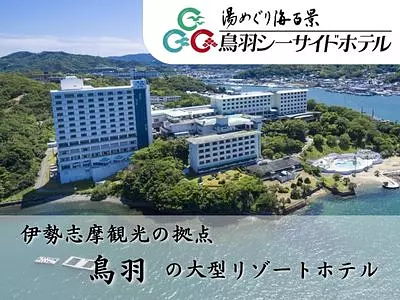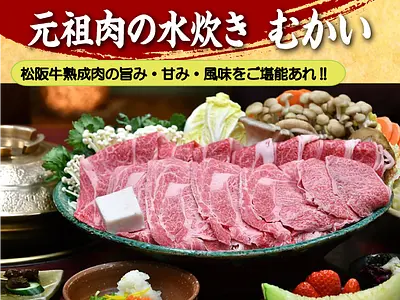Enjoy the flavor of Matoya oysters easily at home with grilled Matoya oysters♪
掲載日:2019.03.15
Oysters are one of the specialties of Ise-Shima, which is rich in seafood. This time, we visited the inn ``Ikadaso Sanjo,'' which sells ``oyster grilled oysters'' that allow you to easily enjoy the deliciousness of Matoya oysters at home.
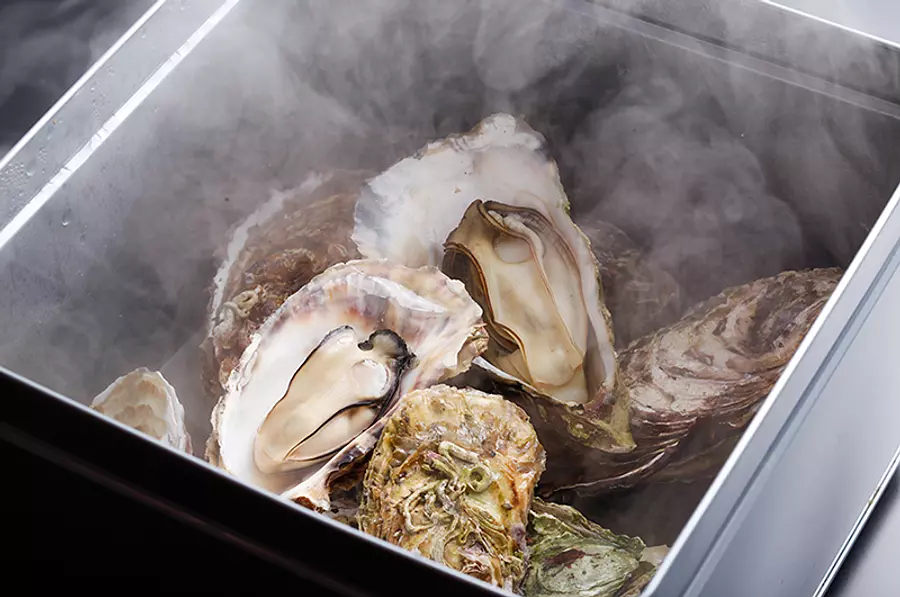
Quick-frozen seasonal true oysters from Yawan. "Kankan-yaki oysters" is a dish that you can easily enjoy by simply heating canned oysters on the stove. You can enjoy the juicy flavor that is steamed and packed with umami at home or on a BBQ.
View product information for Ikadaso Sanjo Matoya oysters kankan-yaki
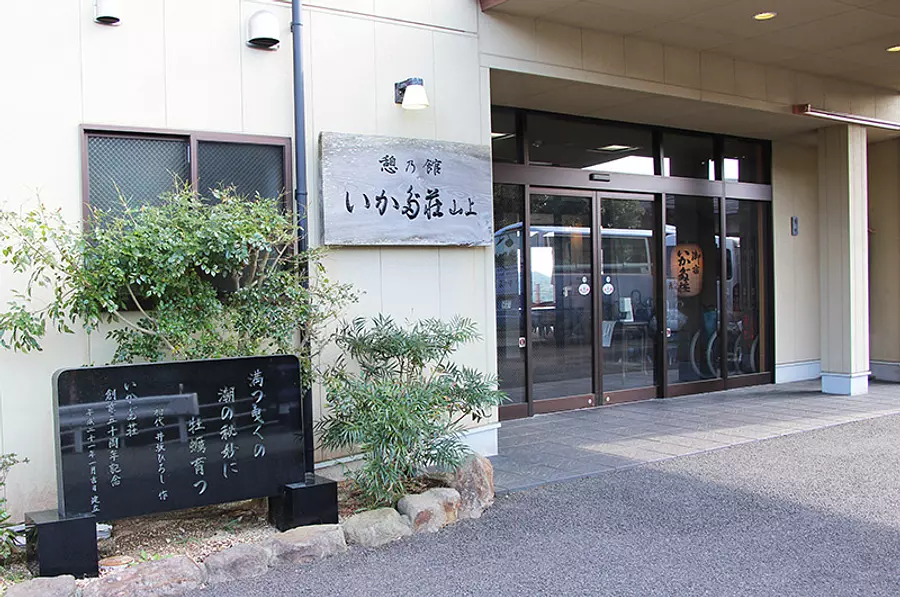
The sea of Ise-Shima has been famous since ancient times as a ``food country'' where seafood is offered to IseJingu, and many fishing grounds still flourish today. One of the specialty products of Ise-Shima is ``oysters.'' Oyster farming began in Matoya, Isobe-cho, ShimaCity in the early Showa era, and many farmers are still working hard today.
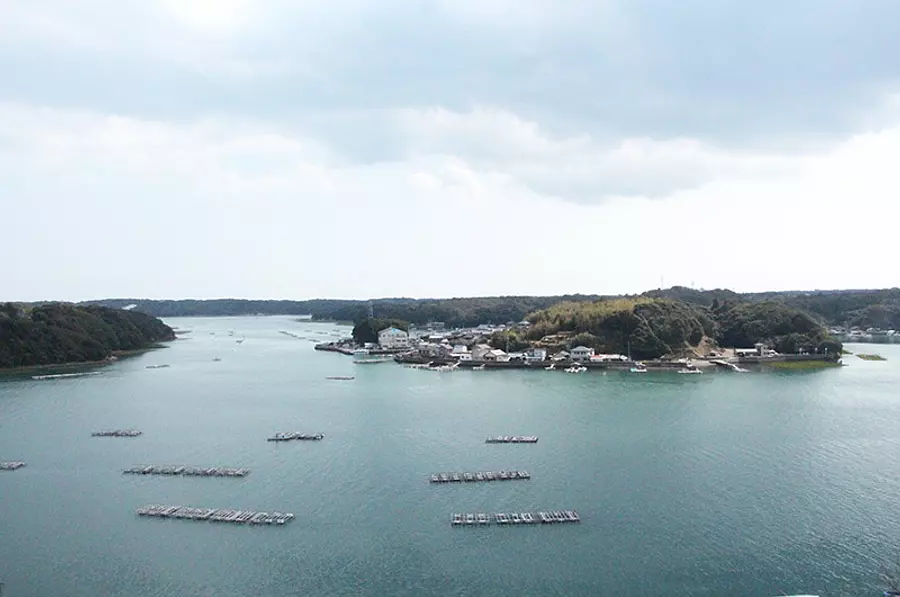
Matoya Bay, the perfect fishing ground for oyster farming
This time I went to interview Matoya, Isobe-cho, ShimaCity. The area is characterized by the mirror-like calm Matoya Bay and scattered ojima, creating a beautiful landscape. Matoya Bay is extremely suitable for oyster farming due to its various geographical characteristics.
Matoya Bay is rich in phytoplankton, which is the food for oysters. The main reason for this is that an amount of clean, mineral-rich river water flowing from Ise-Shima National Park is said to be 15 times the ocean current area of Matoya Bay.
The combination of abundant river water and seawater creates an environment with salinity and water temperature suitable for growing oysters. In addition, the Kuroshio current flowing through the Pacific Ocean enters, and Watakanojima is located there, so the sea surface is calm without getting rough, making it easy to manage oyster farming rafts. It seems to be the environment. Because of this calm environment, fishermen have long used it as a shelter during stormy weather and as Kazamachi Port. (Matoya Bay is said to be calm even during typhoons!)
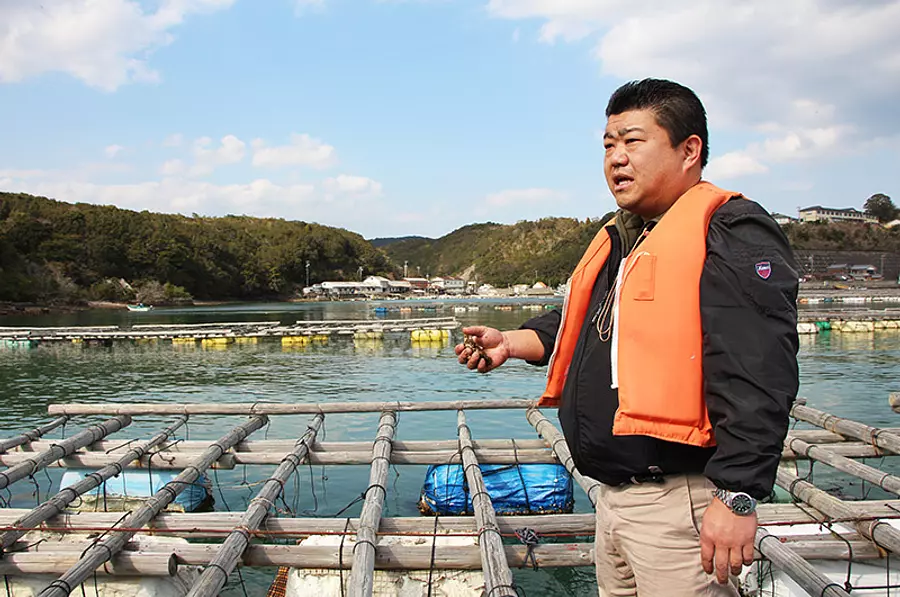
A carefully managed farm
Matoya Bay is lined with many oyster farming rafts and seaweed farming nets. Approximately 10,000 oysters are suspended on each raft and carefully managed by the producers. I was shown some oysters that had come up from the raft, and they looked very beautiful, with round shells and little debris. You can see the quality at first glance.
By carefully controlling the number of aquaculture ropes hung on the raft and the number of oysters hung on the ropes, each oyster is nourished with sufficient nutrition, and each oyster is raised to be delicious. did.
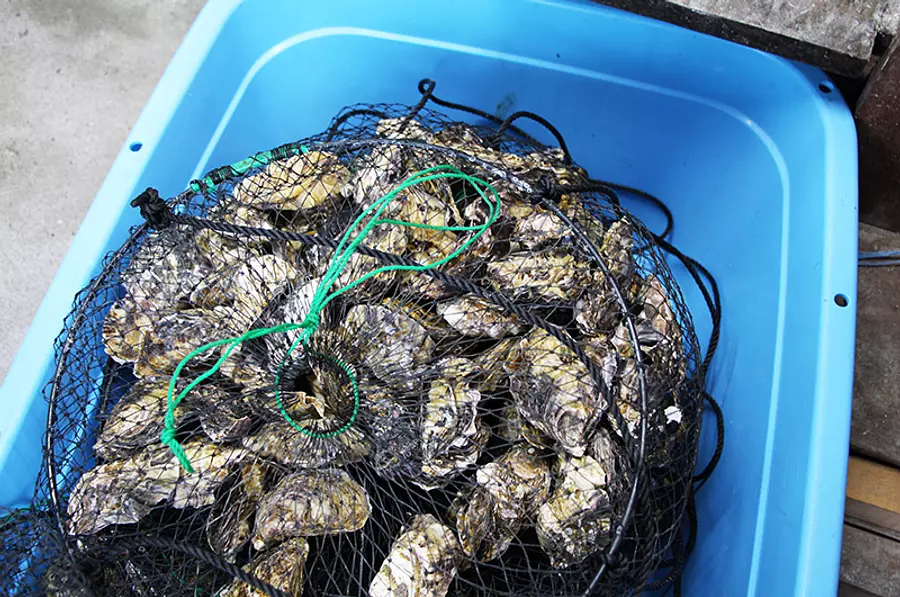
An inn built to eat Matoya oysters in their production area.
Mr. Yamagami of Ikadaso is the founder of Mr. Tadayu Sato, who brought about various innovations in oyster farming techniques such as the "hanging culture method" and "sterile oysters" and spread the name of "Matoya oysters" worldwide. This culinary inn was founded in 1957 by founder Hiroshi Isaka, who was advised to create a place where people can eat oysters. Currently, we accept many tourists from all over the country, including Aichi and Kansai, who are looking for a target.
In addition to providing meals, Ikadaso Yamagami also farms oysters in-house and develops and sells processed products that guests can take home. It was developed for the first time. This time, we spoke to Mr. Hamachi, the sales manager.
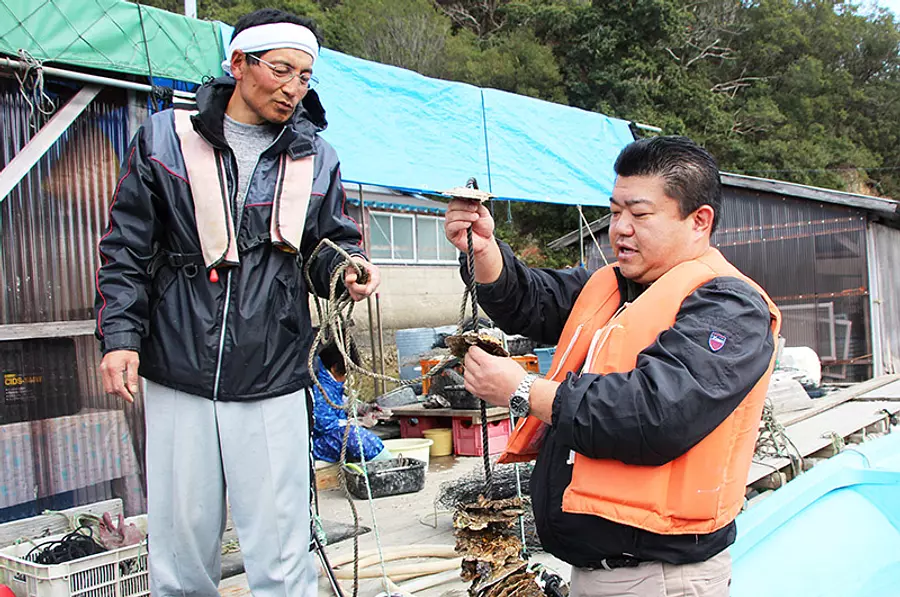
Fisheries expert
Mr. Hamachi is from MinamiiseTown and began his career as a fisherman at the age of 16. He says that he risked his life every day to catch fish, but one day he encountered an event that would be a turning point in his career.
The fish they had risked their lives to catch were sold for 20 yen each, and were traded at the market for 880 yen. Shocked by this price difference, Mr. Hamachi decided to study everything about fish distribution.
After spending 15 years experiencing all aspects of the business, from fishermen to middlemen to distribution, the answer we arrived at was creating value to increase the value of shipments at the production area. After hearing about issues such as a lack of successors from Ikadaso, I decided to take on the challenge here.
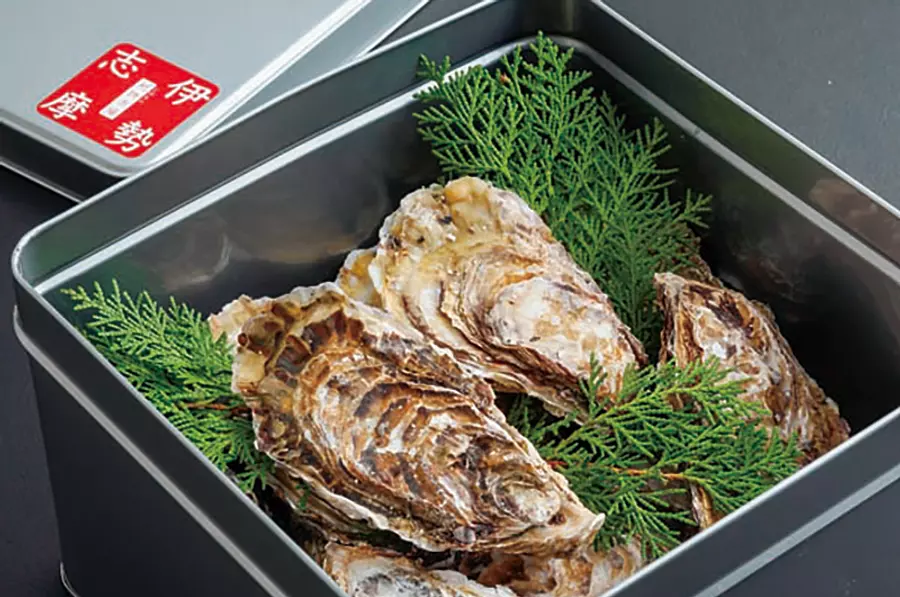
Products created from the perspective of producers and the hotel industry
The ``oyster grilled oysters'' sold by Ikadasou are based on the desire of customers to eat Matoya oysters in their most delicious state, and the inn's long history of serving guests from all over the country as a culinary inn. This is a product created from a customer's point of view.
This Kankan-yaki is based on the concept of ``Even those who are not used to cooking oysters can enjoy Matoya's oysters easily and deliciously.'' It's very easy to cook.
All you have to do is place the can of Kankan-yaki on the stove and heat it over medium heat for 15-20 minutes. You can make this delicious dish even if you are not used to cooking. When it comes to cooking oysters at home, you probably use a fish grill, but I had the impression that the shells would pop and be difficult to clean, but if you cook oysters at home, you won't get the grill dirty, so it's really easy. is.
In addition, the product comes with a detailed recipe that includes instructions on how to bring out the aroma, and a knife for working with oysters, so you don't need to prepare anything else.
Oysters from Matoya have a high moisture content and are juicy, so when heated, sufficient steam circulates inside the oysters, resulting in a so-called steam-roasted state. The finished product is crisp and juicy. When you take a bite, the flavor spreads in your mouth. Also, it doesn't have the characteristic odor of oysters, so even people who don't like oysters can probably enjoy this.
The oysters that are in season are kept fresh and stored, so you can buy them regardless of the season. Grilled oysters can be conveniently used at home in the winter or on a barbecue in the summer. Enjoy the flavor of Matoya oysters at home.
View product information for Ikadaso Sanjo Matoya oysters kankan-yaki
| Category | |
|---|---|
| season | |
| area |

